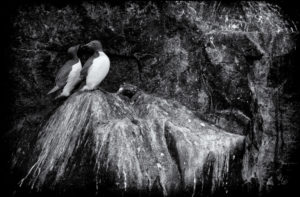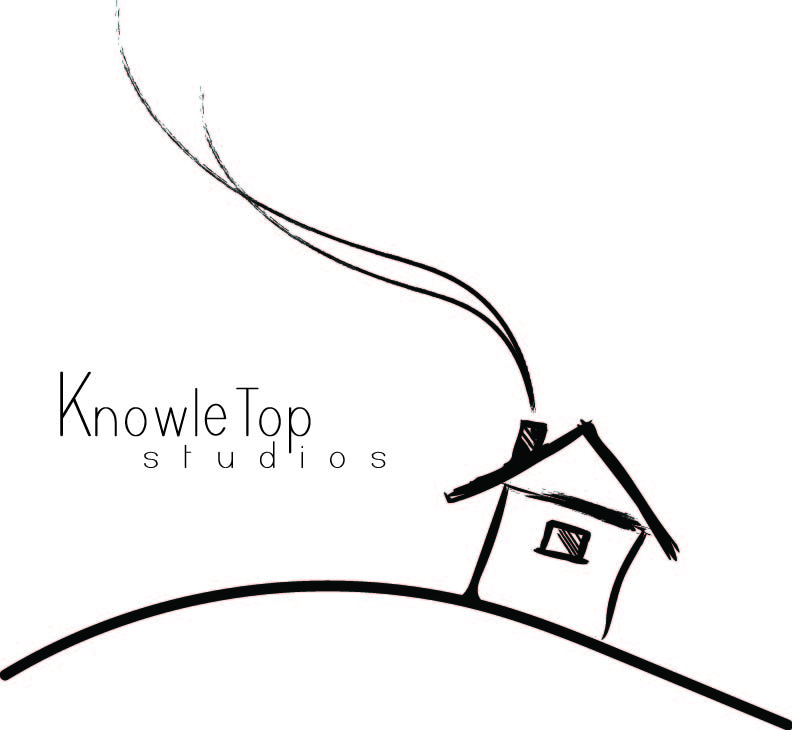In August this year I was lucky enough to be on board the expedition ship M.S. Origo for a 10-day photographic expedition around the starkly beautiful Svalbard Archipelago in the Arctic Circle.
As a photographer who has always enjoyed black and white images, I increasingly used an infrared converted camera in the last couple of years. My area of interest lays at the higher end of the spectrum (830nm).
This filter produces high drama, high contrast images and has now become my photographic signature. I no longer carry a “normal” camera in my kit, but have committed myself to only using Infrared and only specialising in Black and White.
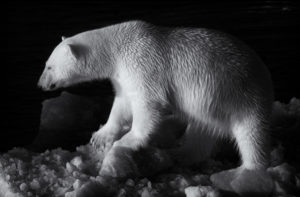
During the 10 days we travelled, the sun never set. Photographers travel from all over the world to experience the long-lasting golden light of a Svalbard summer night, as the sun skims the horizon for extended periods of time.
As an infrared photographer, golden hour isn’t relevant for its soft hue, but for the angle of the sun which creates deepening shadows and warm textures that begin to rise from the background. Highlights are increased.
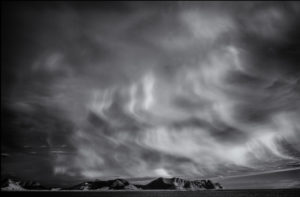
The sky can suddenly change drastically. Clouds visible to the eye can disappear and instead formerly unseen layers of saturation emerge, creating complex patterns of another dimension in the skies.
Infrared has furthered my monochrome outlook over the last couple of years as it allows me to share a vision of the environment, reproduced in a starkly contrasted medium.
Blue skies turn inky black, but the filter picks out textures and details often hidden from the naked eye.
The sea becomes a dark velvet blanket, water absorbs all the infrared light available and barely registers any details under the surface at all.
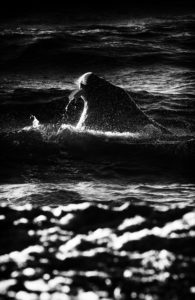
Back lit subjects are challenging, but when successful, the strength of the silhouettes and flashes of highlights can appear very dramatic.
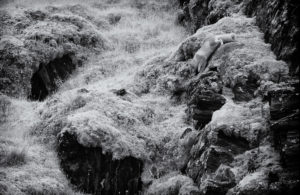
Foliage and grasses turn brilliant white often creating what looks like a scene shot in the light of a full moon, when in fact it was taken at midday.
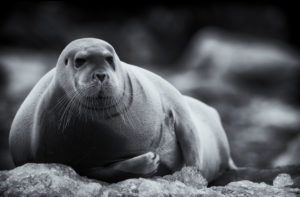
In monochrome, texture and forms become the leaders of any composition, the distraction of colour fades to give way to the nuanced play of soft and hard substances.
The eye is led by shadows and reflected light.
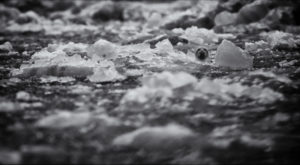
As always I find myself drawn to showing fauna in its habitat, I’m often happiest with images that encourage the viewer to hunt with the eye to find the subject.
With the infrared this game of hide and seek can be exaggerated.
I find no compromise working exclusively in this medium, I never feel I’m missing out on colours, the lure of a sunset’s dramatic hues has given away to the language of light.
I find my voice through the high contrasts and depths of monochrome.
